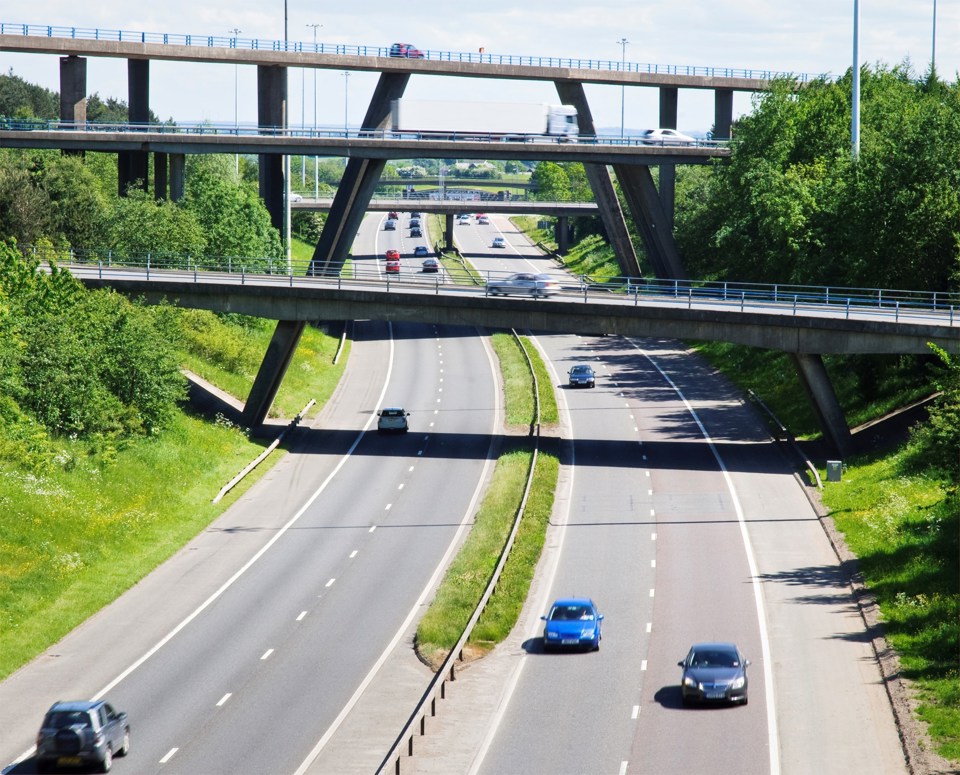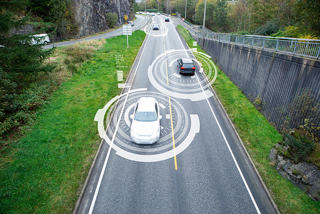Almost 3,500 council-maintained road bridges in Great Britain are substandard, according to new research from the RAC Foundation.
Analysis of data for the 2016-17 financial year – received from 204 of the 207 local highway authorities in England, Scotland and Wales – found that 3,441 structures over 1.5m in span are not fit to carry the heaviest vehicles now seen on our roads, including lorries of up to 44 tonnes.
Many of these bridges have weight restrictions, says the RAC Foundation. Others will be under programmes of increased monitoring or even managed decline.
The 3,441 bridges represent 4.6% (about 1 in 22) of the roughly 74,000 bridges on the local road network and the number of substandard bridges is slightly higher than the 3,203 identified a year previously.
If money was no object, then councils would ideally want to bring 2,077 of the substandard bridges back up to standard, says the RAC Foundation.
However, budget restrictions mean councils only anticipate 370 of these will have the necessary work carried out on them within the next five years.
The one-off cost of bringing all the substandard bridges back up to perfect condition would be around £934 million – equivalent to £271,000 per structure, it says.
The total cost of clearing the backlog of work on all bridges – including those that are substandard – is estimated at £5 billion, up sharply (28%) on the estimate of £3.9bn a year earlier.
At the same time, the estimated amount of money councils are spending annually on maintaining their entire bridge stock is £367 million, just a fourteenth of the backlog total and down on the £447 million spent in the previous year.
The survey of local highways authorities was carried out with the help of the National Bridges Group of ADEPT (the Association of Directors of Environment, Economics, Planning and Transportation) with the data collected in the autumn of 2017, a year on from a similar exercise.





















Login to comment
Comments
No comments have been made yet.